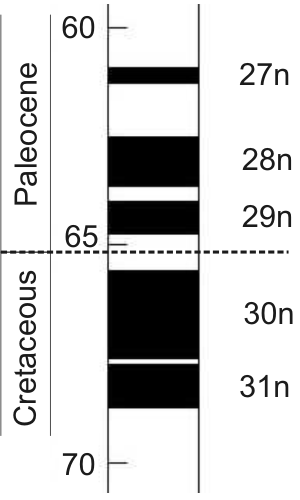I seem to be attracting short-notice field trips at the moment. I’m off on a teaching trip to Barberton for a couple of weeks today – a fact that I wasn’t actually aware of until this weekend. It’s not that I mind, but getting a bit more warning would have allowed me to schedule something to appear here whilst I’m out of town. As it is, other than Philosophia Naturalis # 11, which is uploaded and due to go live tomorrow, you’re just going to have to talk amongst yourselves for a bit.
The Authors
Search this blog
Categories
Archives
-
Recent Posts
- No chatbots please, we’re scientists
- Golden spike or no golden spike – we are living in the Anthropocene
- We are late bending the climate change curve – but bending it still matters
- The changing picture of the Martian core
- Rivers might not need plants to meander
- Has Earth’s mantle always worked like it does today?
- How the UK’s tectonic past is key to its seismic present
- A new recipe for Large Igneous Provinces: just add BIF, then wait a couple of hundred million years
-
Recent Comments
For lot's more videos on soil moisture topics, see Drs Selker and Or's text-book support videos https://www.youtube.com/channel/UCoMb5YOZuaGtn8pZyQMSLuQ/playlists
[…] Announcing STORMS | Highly Allochthonous on Recent News […]




Nice plan for content warnings on Mastodon and the Fediverse. Now you need a Mastodon/Fediverse button on this blog.